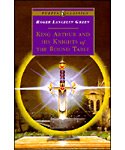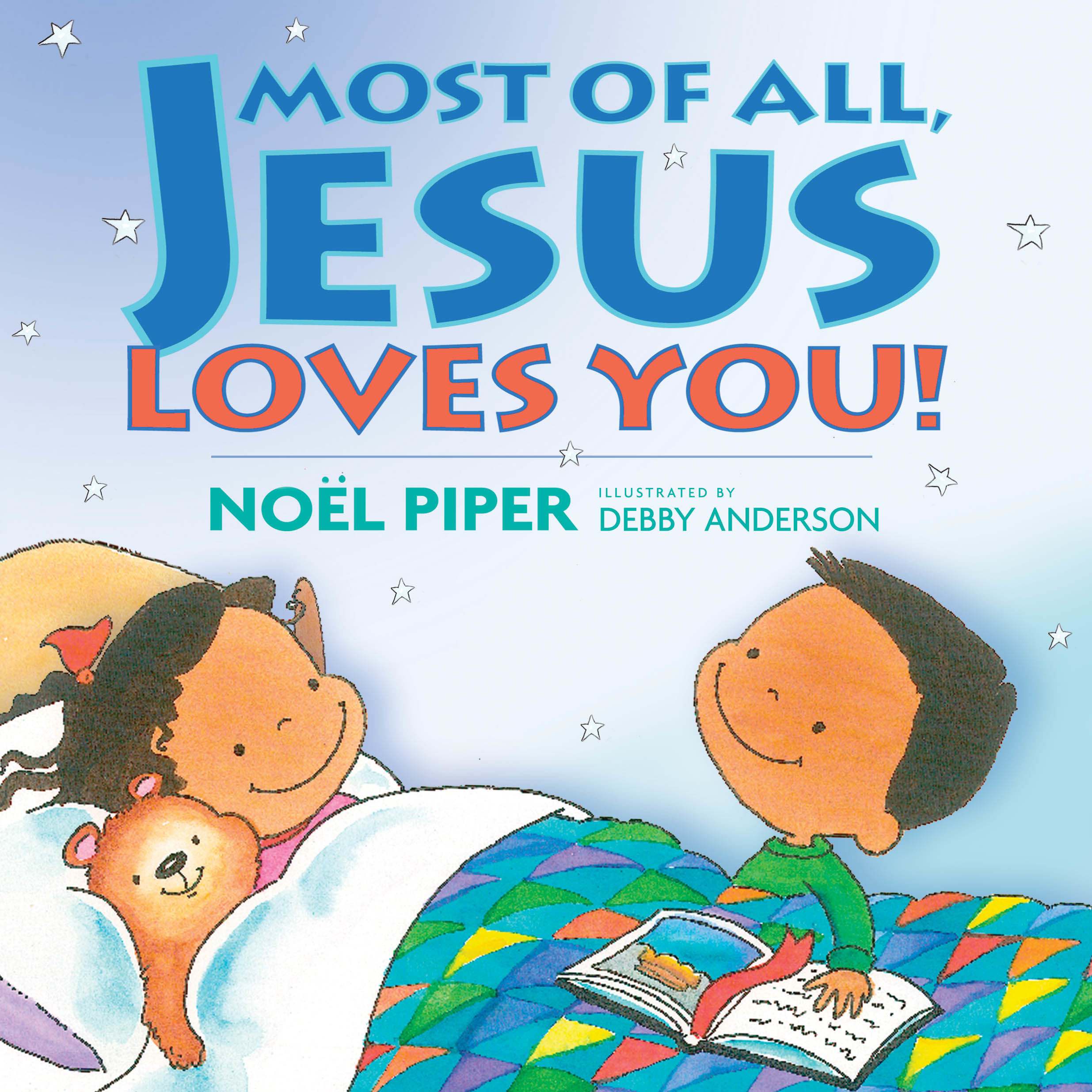Magic Tree House Series
UPDATED
The Magic Tree House Series
My boys really enjoy this series. We have listened to some on tape, my wife has read some to them, but mostly they have read these themselves. These have been some of the best books for them to get started with a love for reading.
The stories are centered around the adventures of a brother and sister duo, Jack and Annie, as they travel across time in their magic treehouse. They encounter various situations looking for clues and learning about historical events. This is not the source for profound or critical history lessons, but it is a good way to gain basic awareness of popular history.
The writing is on an easier level, but not simplistic. The adventure and intrigue make it a great draw for my boys, and we would recommend them.
FURTHER NOTE:
A question has come up in the comments because some others have specifically not recommended this series. I have addressed this some in the comments here, and I will offer some clarification as well.
I am recommending this series primarily as something for children to read on their own. They are not up to the level of some other books recommended here. They are not the most in depth kid’s books on history. However, we have found them to be acceptable. They have been good places for a start for our boys in reading for themselves. The element of mystery and adventure are appealing, and being a series there is a draw to keep reading. These have been books, then, that our boys have saved up money to buy in order to keep going with the series. We have been pleased with that sort of interest and in the fact that they get a basic awareness of the historical events. The tie in to Camelot during part of the series is an added benefit as well since knights are a big favorite of ours.







